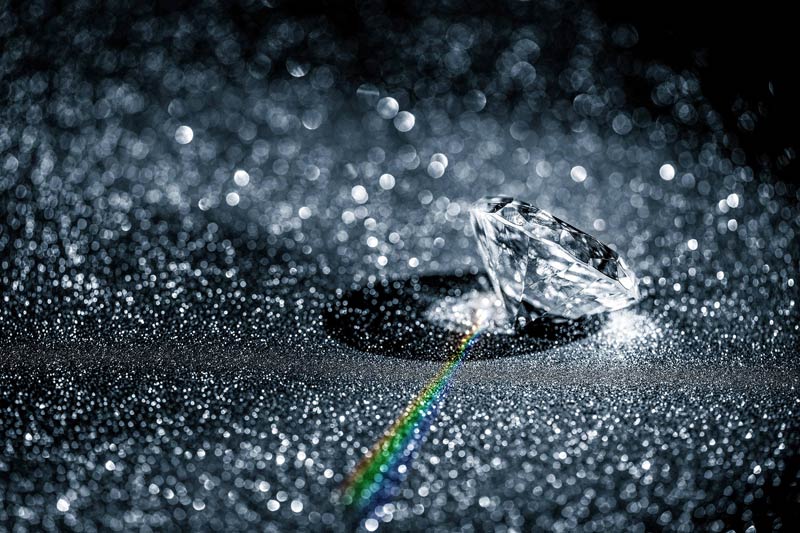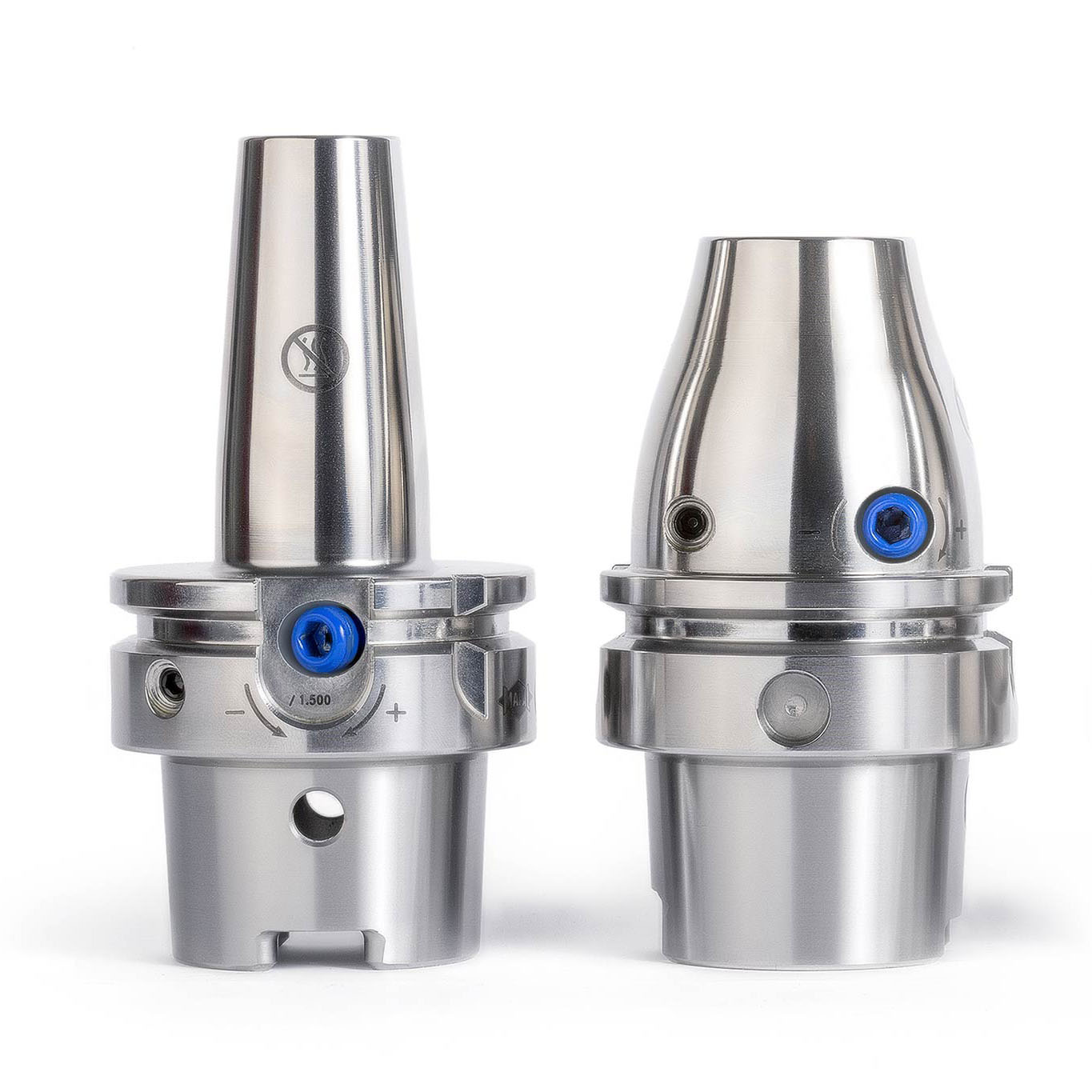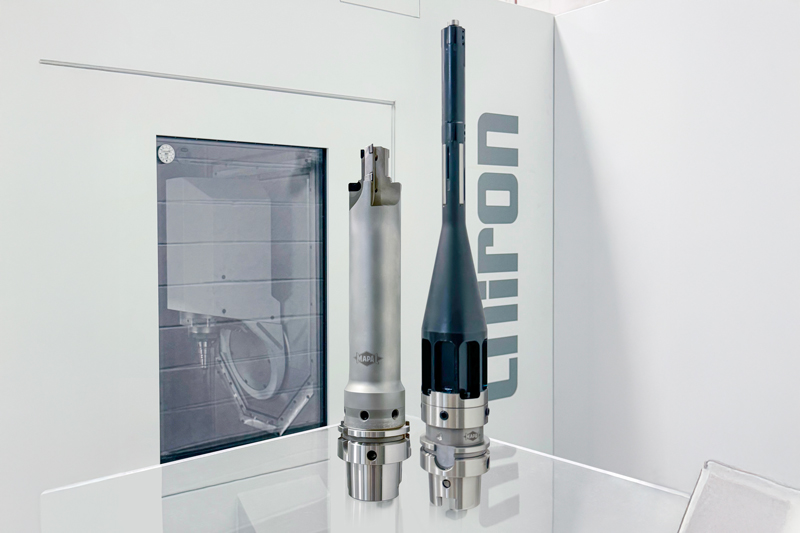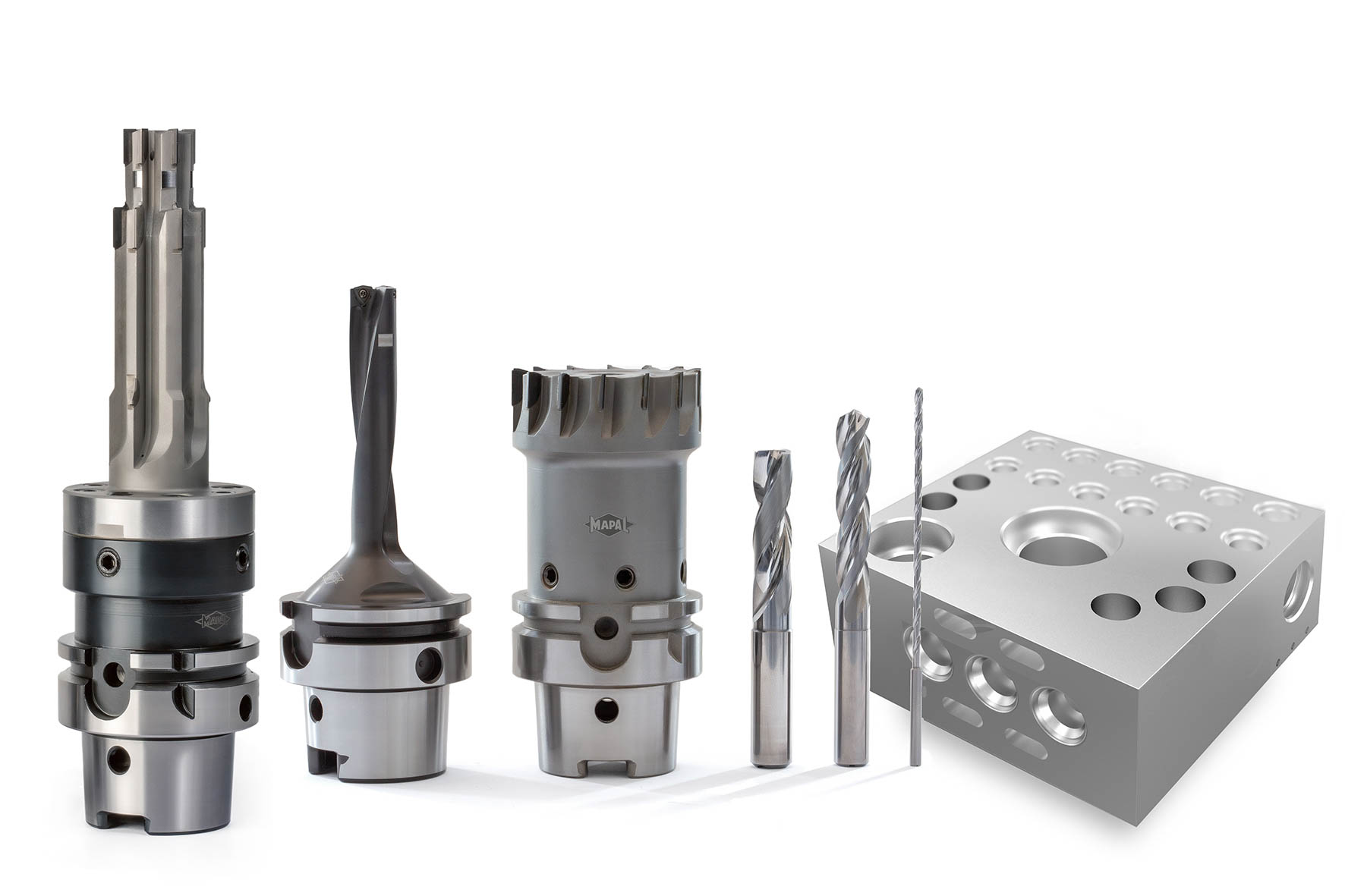01.01.2021
Maximum tool life in CFRP thanks to diamond coating
MAPAL relies on technology from SP3
You don’t get better than diamond-coated tools and indexable inserts when machining CFRP and similar materials, for example in the aerospace industry. Want to know why MAPAL relies on SP3 technology for the coating of solid carbide tools, what makes their machines special and where exactly the most expertise for coating with diamond comes from?


Strategic partnership for CVD diamond coating
In the field of PCD tools, MAPAL has the largest production worldwide and for decades has been finding the best strategy for the respective machining task together with its customers. MAPAL is now building up the same expertise with its new strategic partner SP3 in the field of diamond coatings. “Diamond-coated tools or indexable inserts have the best application values and tool lives, especially when machining CFRP, plastics and ceramics”, explains Dr Wolfgang Baumann. Diamond-coated carbides are also suitable for machining graphite electrodes, for example in the die & mould sector.
SP3 is a coating company based in Silicon Valley in the USA. The company, which gets its name from the chemical structure of diamond, has developed its own processes for applying CVD diamond coatings to various substrate materials. Bob DeFeo, Managing Director of SP3, says: “Working closely with tool manufacturers, carbide suppliers and tool users is our recipe for success”. This close cooperation has resulted in various coatings, which SP3 today offers its customers as a service.

Complex process with the company`s own CVD diamond reactor
“Depending on the application and our customer’s requirements, we find the optimum solution together”, promises DeFeo and goes on to describe diamond coating as “a complex process. Numerous factors must be taken into account”. The most important points he mentions are the carbide, the tool geometry, the preparation of the cutting edge or substrate for the coating as well as the coating thickness and roughness.
For the actual coating, SP3 uses the so-called “hot filament CVD” process. Dr Wolfgang Baumann explains the process: “We use tungsten wires to heat up hydrogen and methane to 2,550 degrees Celsius. This produces very reactive methane radicals. These gradually deposit their C-atoms on diamond nuclei on the carbide surface, which causes the diamond to grow. The size of the crystals varies depending on pressure, gas flow and temperature. It ranges from nanocrystalline to microcrystalline. The surface of the coating depends on the size of the crystal produced. It ranges from extremely smooth to rough”.
The uniformity of diamond thickness ensures process reliability
In order to carry out the coating process in the best possible way, SP3 has developed its own CVD diamond reactors. The company has designed a special arrangement of the heating wires for uniform energy distribution and has had this patented. In particular, it’s the maximum coating thickness of 50 µm that makes the process developed by SP3 so special. “Our system is very impressive due to the excellent uniformity of the diamond thickness. As well as this, the process variables can be controlled in real time”, says DeFeo. This makes the coatings precise and repeatable, which is extremely important, particularly in sectors such as the aerospace industry. “Only tools that are qualified are used for this. They must consistently deliver the same performance every time to ensure the reliability of the process”, emphasises Bob DeFeo.
Coating adhesion is also important for the later use of the coated tools or indexable inserts. “The substrate as well as how it’s pre-treated are crucial for this”, reveals Bob DeFeo. The pre-treatment, in which the majority of the expertise is also invested, is divided into etching, cleaning and sterilisation.
CFRP milling cutter with maximum application values for the aerospace industry
The first joint project between SP3 and MAPAL was the coating of the OptiMill-Composite-Speed-Plus. “Together we worked tirelessly to develop the optimum coating”, says Baumann. The milling cutter, which is mainly used in the aerospace industry, is designed for machining CFRP. Thanks to a new high-performance substrate in combination with a reinforced core diameter, the developers at MAPAL increased the fracture strength of the eight-bladed milling cutter by 50 percent compared to the previous model. The optimised flute profile ensures fast and safe removal of dust and process heat even at extremely high machining volumes. The cutting edge was specifically optimised for the requirements of brittle workpiece materials. “The icing on the cake was then the coating that ensures maximum tool life”, says DeFeo happily. Thanks to the diamond coating, it’s also possible to operate with the maximum application values.
When using a milling cutter for CFRP machining, for example, a spindle speed of 5,968 rpm, a cutting speed of 150 m/min and a feed of 955 mm/min are used. Both the cutting depth and the cutting width are 8 mm in this case. “We achieve the best results with the new coating and reach a tool life that is 20 percent longer than the previous model”, says DeFeo.
The coating of the OptiMill-Composite-Speed-Plus is the first success of the strategic partnership, which will certainly be followed by numerous others, both DeFeo and Baumann agree. Because: “To achieve the best possible performance of a CVD diamond-coated tool, tool manufacturers and coaters must work very closely together. This is the only way to achieve the maximum tool life, reliable process results and the best surfaces for the user”.




